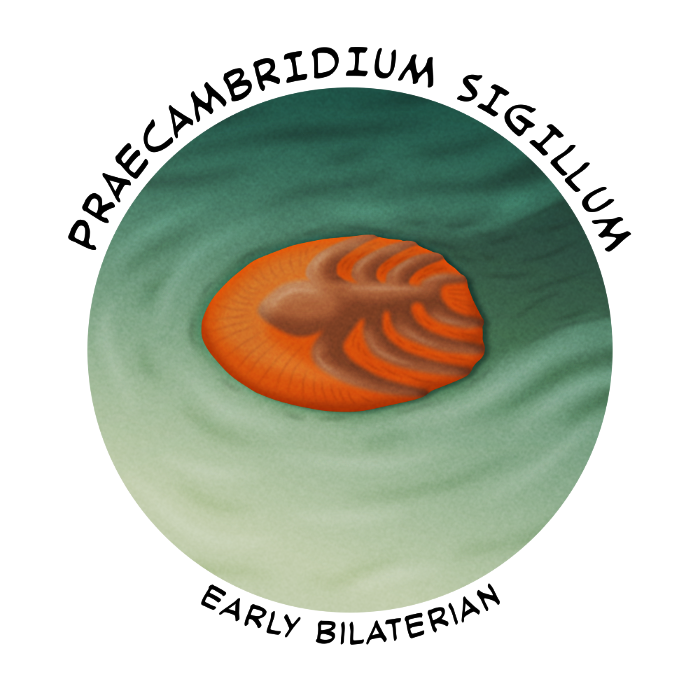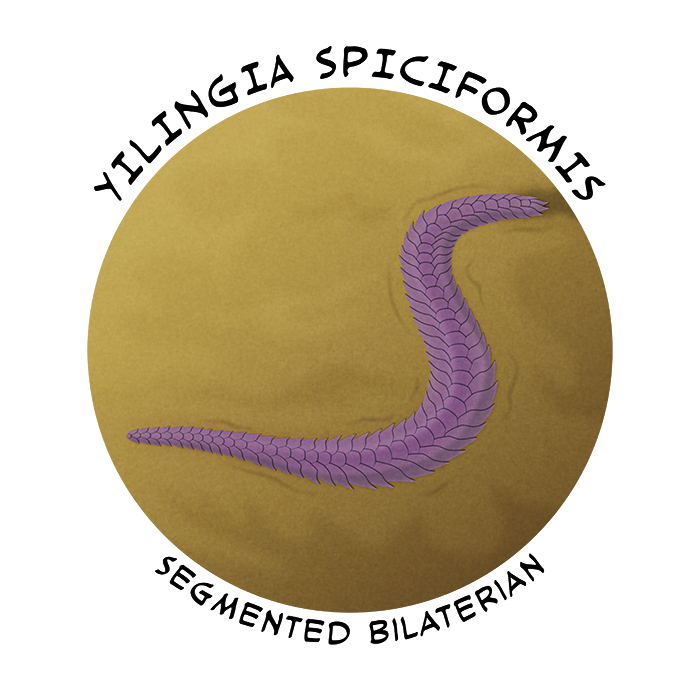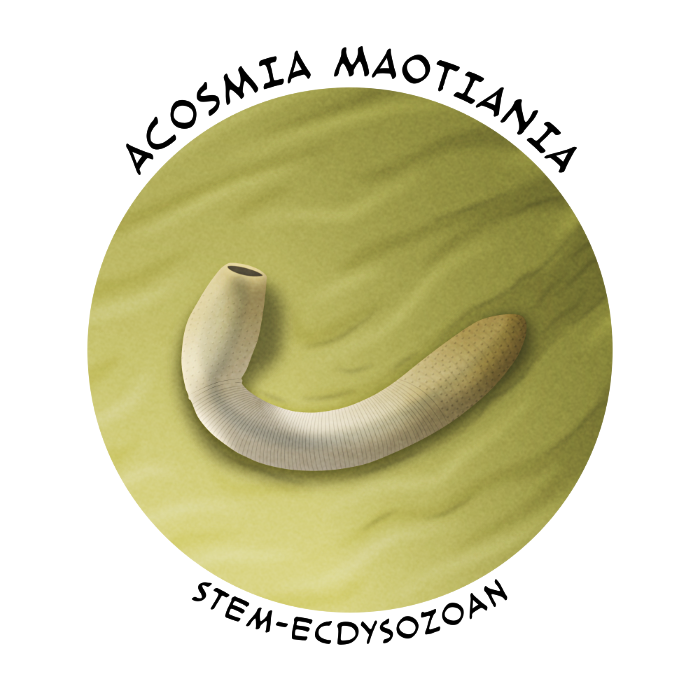The world of the Cambrian Period was a strange combination of both familiar and alien. The land would have seemed rather barren, populated mainly by microbes and algae, yet the oceans teemed with creatures already identifiable as sponges, comb jellies, jellyfish, acorn worms, vertebrates, echinoderms, arrow worms, annelids, molluscs, and brachiopods – small and primitive-looking in some cases but still recognizable enough.
But at the same time there were “weird wonders” everywhere, things much harder to identify, with shapes so bizarre that their initial discovery was met with laughter.
Animal life was exploring so many different possibilities for body plans and ecologies, and one lineage in particular dominated this explosion of evolutionary experimentation: the arthropods.
Arthropods are represented today by the chelicerates (sea spiders, horseshoe crabs, and arachnids), myriapods (millipedes and centipedes), crustaceans, and insects, and together these groups make up over 80% of all known living animal species and are vital parts of almost every ecosystem on the planet.

We live on Bugworld, and this month we’re going to see where that all began. Welcome back to the Cambrian Explosion series (only a couple of months later than usual) and the Earth of over half a billion years ago: the time of the Rise Of The Arthropods.
Cambrian Explosion #32: More Ediacarans & Ecdysozoan Origins
Arthropods are part of a major branch of animal life known as ecdysozoans – characterized by growing via molting their outer covering. They’re estimated to have last shared a common ancestor with their cousins the spiralians around 600 million years ago, and the protostome ancestors of both these groups split from the deuterostomes even earlier than that.
So ecdysozoans must have originated somewhere in the Ediacaran Period, but so far none of the enigmatic fossils from that time period have been definitively linked to this group.

Spriggina floundersi certainly looks like it could have been some sort of early arthropod, with a defined “head” and a segmented body covered in plates that made it resemble a trilobite – although its segments appear to be glide reflected rather than symmetrical. Up to 5cm long (2″), its known from the South Australian Ediacara Hills fossil site and dates to about 555 million years ago.

Praecambridium sigillum lived in the same time and place as Spriggina, but was much smaller at just 4mm long (0.15″). Its vaguely trilobite-like body had at least 5 segments, and this has also led to it being proposed as a potential arthropod-like animal.
Despite their superficial similarities, however, currently neither of these species are thought to be particularly closely related to ecdysozoans, with their trilobite-like shapes instead being the result of convergent evolution. Instead they may be part of a separate proposed phylum known as Proarticulata, a very early branch of bilaterian animals whose closest living relatives might be the weird little xenacoelamorphs.

The most likely Ediacaran arthropod-relative discovered so far is actually the segmented worm-like Yilingia spiciformis, which was originally featured back in part 1 of this series – and even then it could instead be closer related to annelids, or be another example of convergence, and so it can’t be confidently classified as anything more specific than “an early bilaterian”.
Isolated microfossil spines from the late Ediacaran may also be from early ecdysozoans, possibly originating from a scalidophoran-like animal.

But outside of the weird Ediacarans, the closest thing we currently have to an example of what the ancestral ecdysozoans might have actually looked like is Acosmia maotiania.
Originally described as a priapulid worm, this species was recently reassessed as a “stem-ecdysozoan” – basically part of an ancient branch of the ecdysozoans that arose after the split from the spiralians but before the common ancestor of all other known forms existed, making it a evolutionary “cousin” to the entire rest of the group.
It’s known from the Chinese Chengjiang fossil deposits (~518 million years ago) and measured up to about 10cm long (4″). It had a two-part worm-like body plan, with its mouth located at the tip of a bulbous proboscis region at the front, and a ringed trunk region further back.
However, it lacked the characteristic radial teeth and throat structures seen in other early ecdysozoans like scalidophoran and lobopodians. This suggests the common ancestor of the rest of the group may have been an Acosmia-like wormy animal with a combination of a ringed body and scalidophoran-like mouth structures – and maybe eventually some other Cambrian fossils currently classified as priapulid-relatives may turn out to also be stem-ecdysozoans instead.
